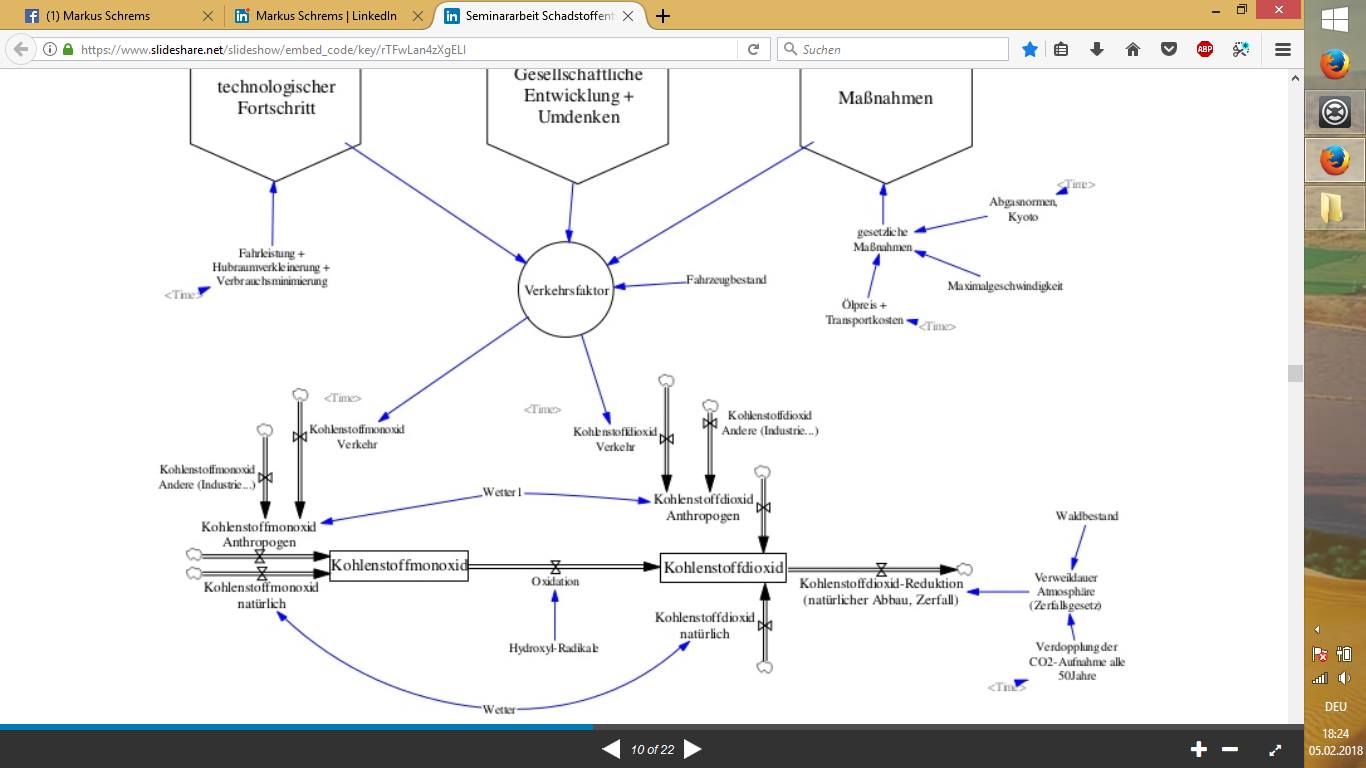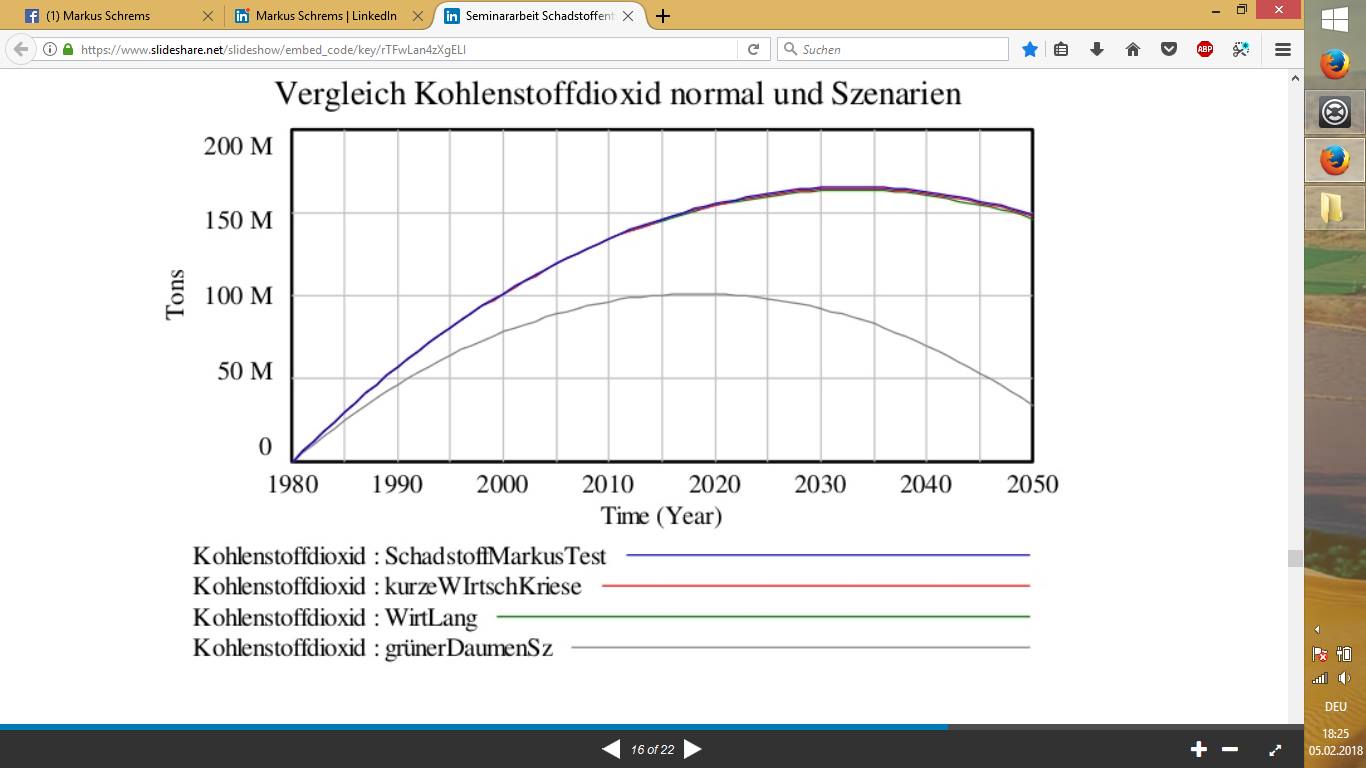







books
The space Populating project is a system of electromagnetic accelerators which start in the moon; like C.E.R.N. but bigger and straight to shoot us at high velocity into universe.

electromagnetic accelerator like CERN but bigger and straight for spaceships

Electromagnetic Railgun
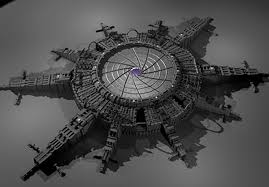
Moon-Gate and Station
An electromagnetic railgun can accelerate a projectile in 5 [meters] to approximatly 10000 [km/h] divided by 3.6 = 2780 [m/s].
v^2 = u^2 + 2as
where a is the acceleration, v is the final velocity, u is the initial velocity, and s is displacement. u = 0
a = v^2 / (2s)
a = 2780^2 [m/s] / (2 * 5 [m])
a ≈ 772 840 m/s^2
Now, we can use the same acceleration to calculate the final velocity of the spaceship on the moon. Since we're given the distance traveled 3 000 000 [m] (diameter moon), we can use the following equation:
v^2 = u^2 + 2as
We're given that the distance traveled is 3,000,000 meters, so:
v = √(2as)v = √(2 * 772 840 * 3 000 000)
v ≈ 2 153 379 m/s = 7 752 163 [km/h]
Warp-Bubble Fanaticalfuturist.com-article
 Alcubierre-Drive
Alcubierre-Drive

Warp-Bubble
A Seafoodfarm with the surface of state New York could feed the whole world.
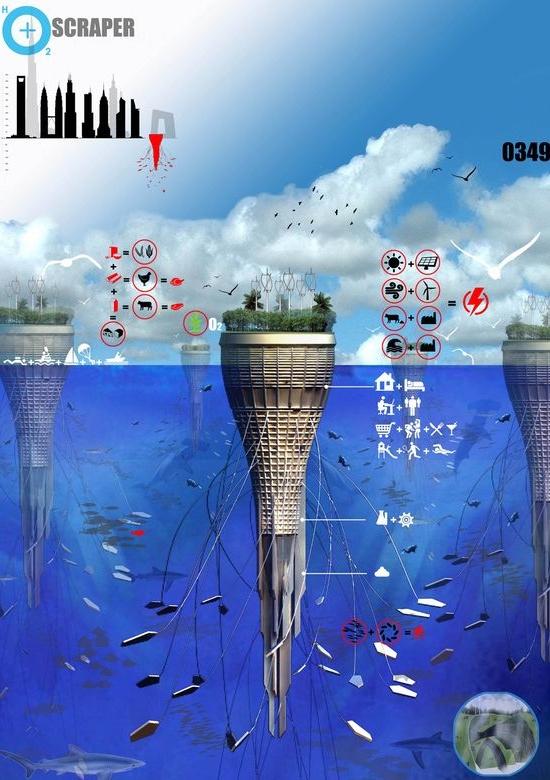
Ocean Bottom Scraper, gigantic seafood-farm
multiple Sclerosis, Epilepsy, Borreliosis (Lyme disease) Alzheimer’s disease, Chrone’s disease, heart attack, cerebral palsy, asthma, all rheumatoid diseases, diseases caused by bacteria, senile maculopathie, retinal detachments, lupus erythematodes, impotency, all different kinds of paralyses, particularly those after accidents, herpetic diseases, for instance herpes of the lips or in the genital tract, tinnitus, all kind of tumors, particularly of the lung, stomach, prostate, skin (particularly: malignant melanoma with nearly 100% success rate after appropriate treatment) tumors of the lips, of the tongue, loss of hair, heart arrhythmia, panic attacks, intelligence improvements in school children, autism, ailments due to diabetes, diabetic retinopathy, Parkinson’s disease and many, many more.
Curismo Youtube

The company invented a process to produce a granulate from the carbon dioxide in the air and use it as fuel.
One facility absorbs as much CO2 as 40 million trees; every gasstation gets a facility to produce the fuel on site.

Carbon-Engineering

CO2-Engine

Robert Boyle's Flask works with beer until the carbonic acid disappears. The video on youtube.com is called: “Boyle’s flask works now”. By adding a water wheel as a generator and a sparger for infiltrating carbon dioxide or gas bubbles or a carbonic acid tank the cycle is maintained to win energy.

BoylesFlaskPerpetual

BiomechanicsTree
Based on the fact that the Sequoyah/Mammoth trees transport water over 100 meters with the Capillary effect it should be possible to use this to generate energy by immitating the trees or with a mechanism that diverts water at a higher level without any energy input. All of my patent applications were rejected because they were argued to be inoperable or because they were not inventive enough. I hope that someone has a follow-up idea that works... .

SequoyahCapillaryPowerplant

SequoyahCapillaryStepPowerplant
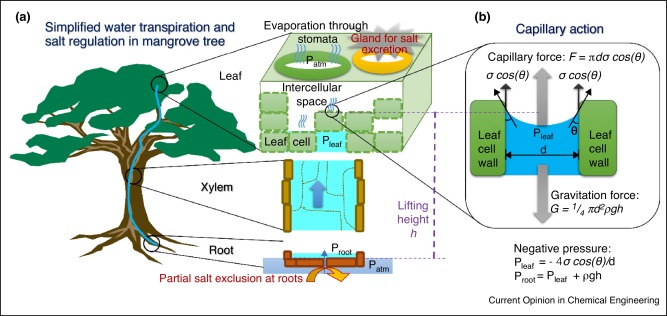
ProspectsOfArtificialTreeForSolarDesalination
ProspectsOfArtificialTreeForSolarDesalination-ScienceDirect

CapillaryFormulaClimbingHight
h = climbing height; σ = surface tension; θ = contact angle; ϱ = density; g = acceleration of gravity; r = radius.

Capillary Waterwheel

YCapillary fills untill both upper ends

Schrems-Capillary: should fill itself completely, but a prototype with measures: k = 3cm; L = 1m; d1 = 0,8mm; d2 = 0,4mm; d3 = 0,02mm didn't work. It filled itself but the pressure at d2 was too low so it didn't divert there.
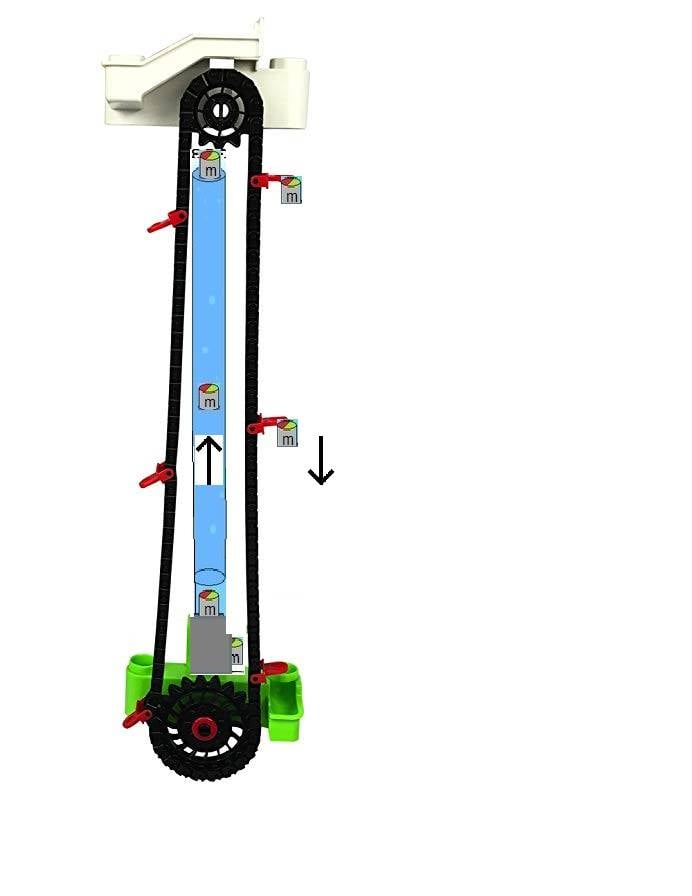
Masses lighter than water are infiltrated into the water column and move through it because of the hydrostatic uplift upwards. At the upper end the masses are lifted away by the lift and mounted on the lift, they fall downwards to keep the lift moving to generate energy. The uplift lift can also be operated with oil instead of the masses and do the infiltration with a nozzle.

The valve capillary (1) sucks the liquid according to the capillary effect of the diameter of the Capillary-dependent rise height (2) whereby the valve/membrane (3) is closed. The valve/membrane must be designed in such a way that it bridges the capillary effect otherwise a capillary only fills up to a height despite the riser being greater than the length of the pipe below the top opening or a side opening. Then the the valve/membrane opens (3) to divert the liquid at a higher level by the outlet(5) at gravity pressure P. Then it closes the valve/membrane (3) and new liquid is sucked up by the capillary effect... .

A CapillaryCompany produces the Valve-/MembraneCapillary for me... the membrane has a flow threshold pressure of 0,08 Bar. It is more complicated: first I have to find a Company that produces the Membrane, then another company for the capillary (easy) and another one to put the parts together. To make a 1cm hole in a 0,02mm inner diameter capillary to build in the membrane is very hard...seems not any company can produce it .


The wetting capillary (1) sucks up the water up to the rise height h (2), which depends on the diameter, and is curved downwards in the upper area. The wetting screen (3) is thinner at the tip than the capillary and the contact angle is very small, which means that the liquid spills over and drips off at the bottom of the screen on a higher level. With surface treatment the wetting of the screen can be raised for example with plasma and other methods.
A glasblowing company produces the capillary and the wettingscreen for me... .


The glasblowing company didn't produce it right. The capillaries are well done but the WettingScreen is too big,
it doesn't fit in the capillary and it wasn't open at the upper ending. I tried to mix the experiment with the
papertowel but still it doesn't drop off/divert. Professional physicists should do this! Professionals could make it work.
If you now use the wetting capillary with the method from the video: "Capillary action in plants experiment with papertowel" combined, it is logical that the capillary can be diverted at a higher level with papertowel through wetting, capillary-effect and gravity against the hold-back-force of the capillary because the transition of water from one glass to another is more difficult than that.
WettingCapillaryPublication.pdf

Wetting capillary experiment: I bought glass tubes which I heated over a flame and drew from the capillary, it was difficult and it took me many tries. At first the paper towel reached below the level of the glass and it dripped. When I shortened the paper towel to above the water level, the capillary filled, the paper towel has completely wetted/became wet but has not dripped.
My patent applications are in the direction of perpetual motion and conscious I keep quiet about the production of energy or electricity because otherwise 100% rejection occurs. However, based on my conviction, I am of the opinion that CarnotCycle, energy conservation laws and the proof of the impossibility of a Perpetuum mobiles, i.e. efficiency less than or equal to 1 ONLY for thermodynamic machines applies like motors and there is a loophole.
Conservation of energy wikipedia

Desertification
To accelerate a human at 6G to half the speed of light 29 days or 2527232 seconds of acceleration are necessary.
t = (c/2)/a = (149896229[m/s]) / 59[m/s^2] = 2527232 seconds
The total energy required to accelerate a 1000 kg spaceship to half the speed of light at 6G is approximately:
W = F * d
F = 1000 [kg] * 59.28 [m/s^2]
F = 59280 [N]
d = (1/2) * a * t^2
d = (1/2) * 59 [m/s^2] * (2527232 [s])^2
d = 2 * 10^14 [meters]
W = F * d
W = 59280 [N] * 2 * 10^14 [m]
W = 1*10^19 [joules]
To determine the amount of energy that a single Tokamak ITER reactor can produce in 29 days, we need to convert 29 days to seconds, which is 2527232 seconds. The energy produced by a single Tokamak ITER reactor with a power output of 1.5 GW in 29 days is:energy = power * time
energy = 1.5 [GW] * 2527232 [seconds]
energy = 4 * 10^15 [joules]
W / energy = 1*10^19 [joules] / (4 * 10^15 [joules]) = 2500
Therefore, it would require approximately 2500 Tokamak ITER reactors, each producing 1.5 GW of power, running continuously for 29 days to generate the energy required to accelerate a 1000 kg spaceship to half the speed of light at 6G.or
E_kinetic = (1/2)*m*v²
E_kinetic = (1/2) * 1000 [kg] * (149896229 [m/s])^2
E_kinetic = 1 * 10^19 [joules]
...
Why jumps a Popcorn-Pot?
ImpulsRoof > ImpulsFloor + AccelerationRecoil

PopcornMashineLandspeeder

TennisballMashineLandspeeder
Shoot iron balls diagonally up to the ceiling of the chamber so that the falling balls can be reused.
I use electromagnetic acceleration with the balls in the center of a ring-shaped electromagnetic accelerator, that is, in the center of a hollow cylinder or a coil to have little or no recoil.
Never with a railgun, the recoil is too big.
Conservation of momentum:
m_1*v_1 + m_2*v_2 = m_1*v_1' + m_2*v_2'
Q is flow (Q = V/t; in m³/s)
ρ is the density (kg/m³)
V is the volume (in m³)
m is the mass (in kg)
v is velocity (in m/s))
g is acceleration due to gravity (9.8 m/s2)
t is Time (in seconds)
Impuls: p = m*v
Force: F = m*dv/dt = m*a
But the formula must describe a circulating mass-flow and be something like:
F_g = (Δv*m)/dt = (Δv*V*ρ)/dt = Δv*Q*ρ = Δv*Q*γ/g = Δv*ṁ
Δv is velocety-difference between impulse roof and impulse floor
γ specific weight in N/m³ = kg/(m²s²)

BallElectromagneticAccelerationLandspeeder

ElectromagneticAcceleratorLandspeeder
A motor generates the energy for the electromagnetic acceleration. Several such iron-ball-electromagnetic-accelerator-chambers are combined to make a load such as a skateboard or a car levitate or fly.

coil gun
v_end = ((2*V* μ_0*χ_m*n²*I²)/m)^1/2
m is mass of the projectile
V is volume projectile
χ_m is magnetic susceptibility
μ_0 is vacuum permeability 4π × 10−7 V*s/(A*m)
I is current in amperes
n is the number of coil turns per unit length of coil obtained by dividing the Total turns of the coil can be determined by the total length of the coil in meters
Force Coilgun:
F = (0.5 * B^2 * A * n * l * I^2) / d
B is the magnetic field strength inside the coilgun (Tesla)
A is the cross-sectional area of the coil (square meters)
n is the number of turns in the coil
l is the length of the coil (meters)
I is the current passing through the coil (Amperes)
d is the distance over which the force is applied (meters)
Physicists Use Quantum Mechanics to Pull Energy out of Nothing - quantamagazine.org




I use 200kW lasers, detectors and silicium-mirrors which are static and completely reflecting instead of the turbine-leaves and it will rotate because of the quantum-fluctuations, quantum noise and the radiation pressure.
QuantumfieldFluctuationsTurbinePatentLawyer.pdf
Quantum fluctuations can jiggle objects on the human scale - M.I.T. LIGO Laboratory
Quantum fluctuations can jiggle objects on the human scale.pdf
M.I.T. LIGO Laboratory nature magazine publication
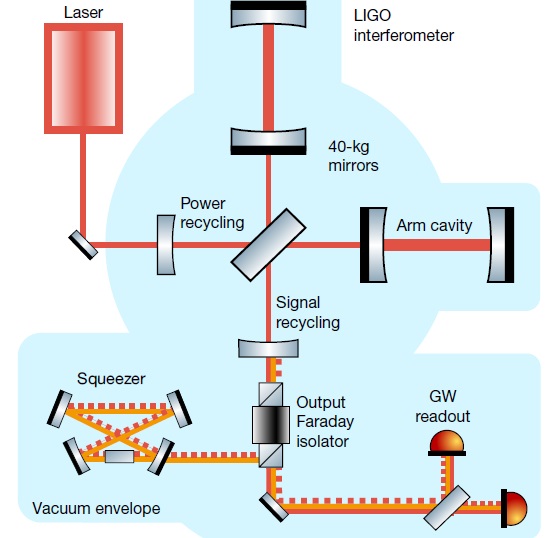
The radiation pressure
p_st or light pressure is the pressure exerted on a surface by absorbed, emitted or reflected electromagnetic radiation. For absorption and emission, the radiation pressure is equal to the intensity I of the wave divided by the speed of light c: p_st = I/c with the units p_st = N/m² = J/m³ = Pa (Pascal); In the case of complete reflection, the radiation pressure is twice as great as in the case of complete absorption. A photon of frequency ν transports the energy: E = h * ν (see Photoelectric Effect) with the Planck constant h.
Because of the energy-momentum relation E = (p²*c² + m²*c4)^1/2 for the photon with a mass m = 0 follows a momentum p with the magnitude: | p | = h*ν /c
Wave model: The pressure exerted on a surface by a radiation field in a vacuum can be expressed by the Maxwell's stress tensor ( T i j ). With an absorbing surface Normal vector n is the radiation pressure given by: p_st*nj = ∑ Tij* ni The components of Maxwell's stress tensor can be derived from the electrical Calculate the field strength E and the magnetic flux density B:
Tij = (1/ 2)*( ε_0*E² + B²/ μ_0 )*δij − ε_0*Ei*Ej − Bi*Bj/ μ_0
where δij is the Kronecker delta, ε_0 the electric field constant and μ_0 the magnetic field constant is.
Quantum Noise
arises from the quantization of electromagnetic radiation and has a spectral power density of hf. For wavelengths ≤ 10 μm, thermal noise predominates. Optical receivers in the visible range therefore require significantly higher signal power than in the range of electronic frequencies. This occurs when atoms or subatomic particles (electrons, photons or even smaller particles) are involved in an energetic level transition (“quantum jump”). Corresponding measured values (and thus calculation results) are subject to a Probability distribution and are mathematically-probabilistically correct, in the computational practice but often unsatisfactory to unusable.
There is as yet no formulation of the force exerted by quantum fluctuations

Mechanics of a manual hand fan (3) with return spring (4), drive lever (1) and gear power transmission (2)
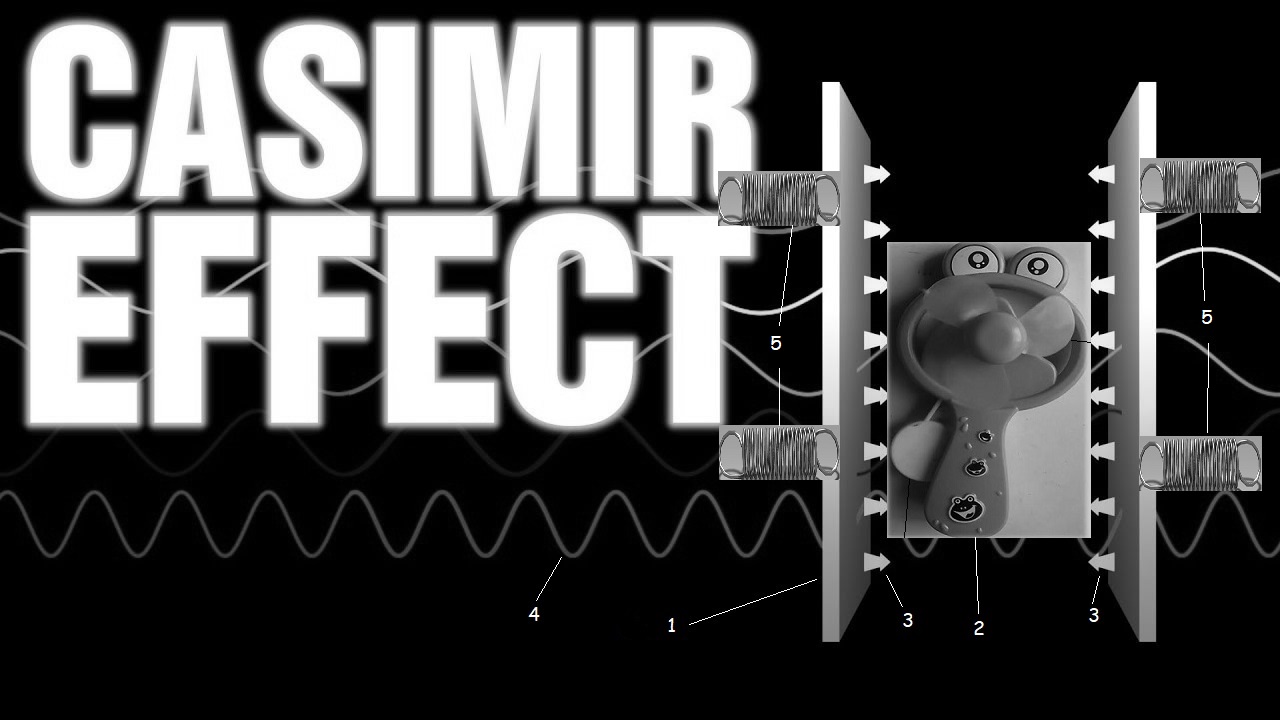
consisting of Casimir effect panels (1), manual hand fan (2) with Return springs (5), Casimir force (3) and quantum fields/fluctuations in different wavelengths (4)
The manual hand fan: by repeatedly applying pressure to a lever causes through a gear mechanism generates rotational energy using the Casimir effect and is returned to the starting position of the lever by a spring or rubber ring.

HeadMaze
 Gyro Gearloose
Gyro Gearloose
 Enterprise and the Borg
Enterprise and the Borg
VisitorCounter installed 9.December 2023
e-mail or facebook contacts World Political Parties.pdf
https://www.youtube.com/@magoam8502/videos
Technological progress (optimized combustion, catalytic converter, direct injection alternative energy, mileage, reduction in displacement, minimization of consumption)
Social development and rethinking (social change, carpooling, Car sharing, value proposition), alternative transport (bicycle parking space))
Measures (technical and logistical measures (promotion of public transport, Bypasses, zone driving bans, proportion of fuel type), legal measures (Kyoto, maximum speed, oil price, transport costs))
Traffic factor (technological progress, social development and rethinking, Measures)
Carbon monoxide (natural, anthropogenic (traffic factor), other (industry, ...))
Carbon dioxide (carbon monoxide(oxidation), natural, anthropogenic)
Carbon dioxide reduction (natural degradation (forest...), decay)

